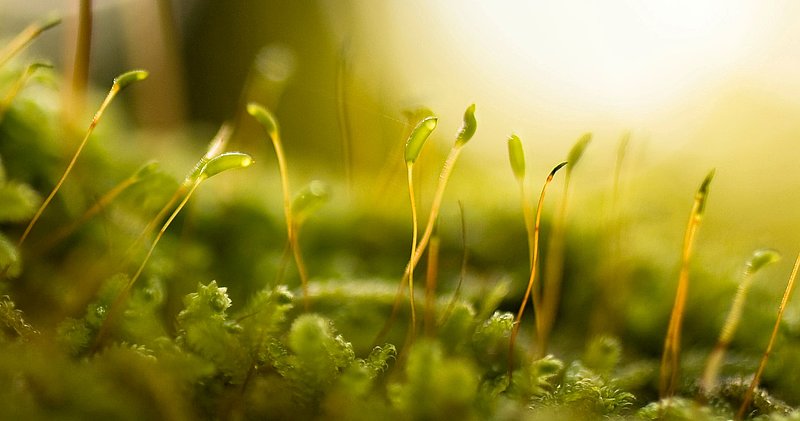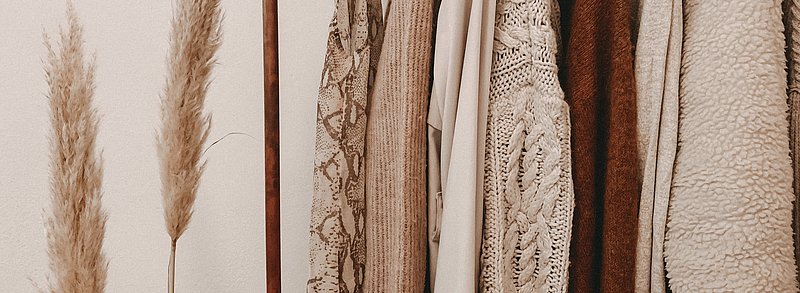The Cradle to Cradle concept or design framework was developed in the 1990s by German chemist Prof. Dr. Michael Braungart and U.S. architect William McDonough and EPEA Hamburg. Cradle to Cradle means "from the origin to the origin" or as the name implies "from the cradle to the cradle" and is also referred to as 2C2C, C2C or regenerative design. It is a design inspired by nature and describes materials and nutrients which are always and continuously kept in cycles. But how can that work out?
According to C2C, almost all products that we know and produce today are created according to the take-make-waste model and thus have the stamp 'waste' on their foreheads. The term waste was therefore more or less invented by us humans. But if we would act according to the C2C concept, there is no waste, because all materials are seen as recyclable and useful nutrients.
In 2012, in line with the concept, the Cradle to Cradle e.V. association (C2C NGO) was founded. C2C NGO is a non-profit organization working to connect business, education, science, politics and civil society. The goal: spreading a consistent circular economy that begins with product design. A distinction is made between two raw material cycles and associated goods: the biological cycle, which includes consumer goods, and the technical cycle, which includes consumer durables.



